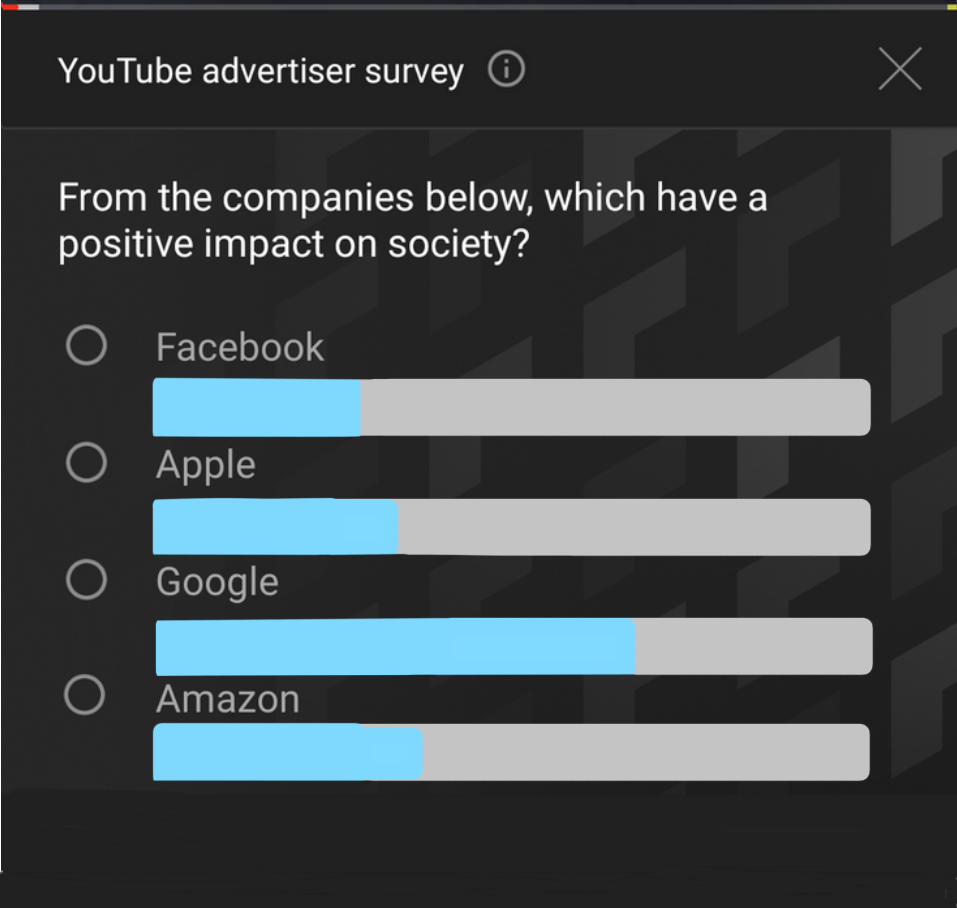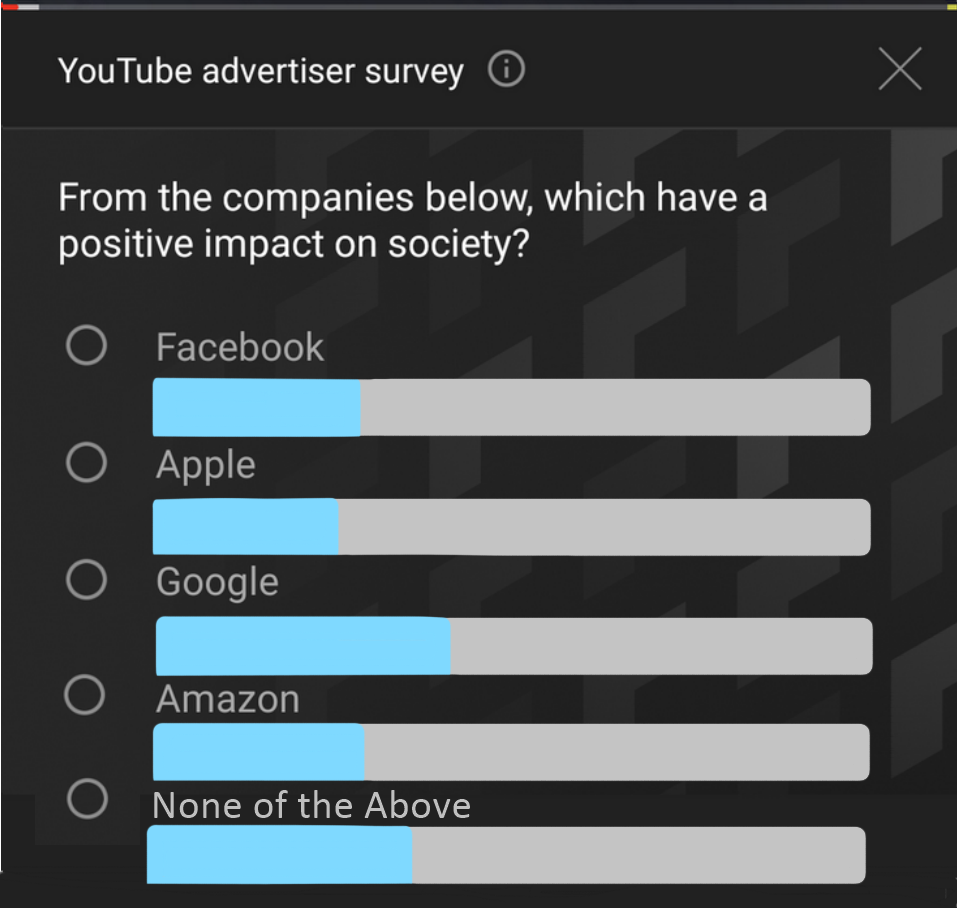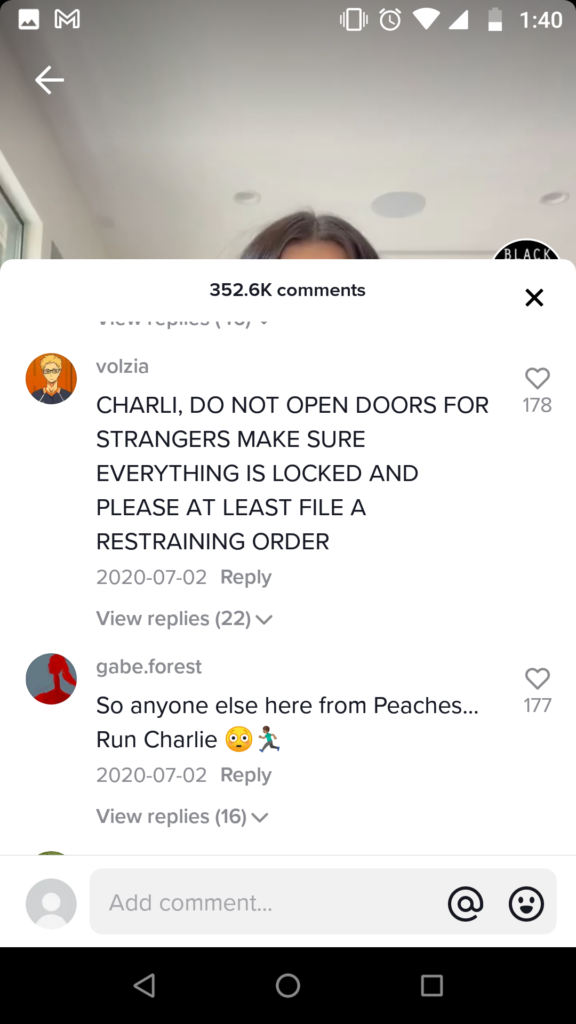Mars
Mars has a lot of robot corpses on it. Some were a result of programming failure, some were simply planned shutdowns, and some continued for ages after they were supposed to expire, collecting valuable data and sending it back to Earth.
As for what we know now, we’ve learned that Mars’s atmosphere is weak and thin, but still thick enough to have a little weather, Mars itself has a very poor magnetic field, Mars has evidence of water once existing on-planet, but doesn’t have any known sources near the surface, and Mars may have had a partially molten mantle and tectonic plates to go with it at some point in it’s history.
We know that all of this is connected! Magnetic fields protect atmospheres from being blown away from solar radiation – the Earth has a particularly powerful field compared to Mars’s weaker one. Earth’s tectonic movement is linked to its liquid core and putty-like mantle; Mars’s lack of tectonic movement points to a molten inner core and a solid, cooled mantle. Water boils faster the less atmospheric pressure it’s under, so any surface water Mars had was likely evaporated and then blown off into space once some of the atmosphere disintegrated, also a result of its weak magnetic field. All of it is connected. Being able to see details up close made it possible to connect these dots on Mars.
A lot of information about Mars’s weather and overall surface comes from information sent back from orbiters – the rovers and explorers can take samples of soil and provide granular detail, but we rely on orbiters to see the bigger picture.
The Surveyor, and Launch
The new Global Surveyor was large.
The surveyor launched from Cape Canaveral in 1996, and arrived in Mars’s orbit in 1997, about ten months after it’s initial launch. The thing weighed a little over a ton, about 2,270 lbs, and was assembled in a Lockheed Martin facility in Denver; it would be solar powered, like many of Mars’s projects are, and it would use those solar panels for aerobraking as well as power. The panels allowed the orbiter to dip into the atmosphere slightly to slow and steer itself into its proper orbit, and allowed for extremely fine-tuned control of said orbit. The high point was a mere 280 miles off the surface of Mars – perfect for getting readings of that enigmatic ionosphere.
With some delays due to re-positioning, the orbiter was able to begin taking mapping photos officially in 1999, orbiting in sync with the Sun so that changes in shadows wouldn’t interfere with the images.
Success!
The global surveyor worked exactly as planned! Even better, it continued working – it lasted much longer than its initial mission goal of making it to 2001, and provided invaluable information about the planet’s surface for nearly a decade. Landing sites. Weather patterns. The entire surface. This orbiter was truly a breakthrough in an era that would come to be dominated by Mars-related robot splatters. The Global Surveyor helped direct other orbiters and sent back pictures and readings about everything on Mars, including readings about its ionosphere. In 1999, it began mapping the surface of the red planet; in 2001, its mission was extended after it had already taken more pics than all of the other Mars projects combined; in 2004, it caught some candid shots of the Spirit rover on the surface; in 2005, it captured pictures of Odyssey and Mars Express while both were on their way to the planet.
Across its long life above the surface, it also witnessed Mars’s CO2-ice poles change shape and size, witnessed new impact craters, spotted very solid evidence that Mars once had water for the first time, and witnessed storms only Mars’s weak atmosphere could produce. It sent back 240,000 pictures of Mars to Earth, and was the longest-living Martian project at the time. This was an incredible tool, one that provided incredible insight into what Mars was really like. Telescopes can see a long way – that’s nothing compared to getting up close and personal with an orbiter.
Fading
The good news couldn’t go on forever. This is an article about a dead orbiter, after all. What exactly went wrong?
The orbiter had two copies of its system software as a redundancy. One operator on Earth updated one system, and a different one updated the other; they realized the orbiter was returning errors because it used both copies in operation. An update correcting those updates introduced a memory fault, and then a command to adjust its solar panels sent the machine into a safe mode, causing it to lose contact for a few days. It misinterpreted a reading for battery overheat as a reading for battery overcharge – both are bad, and both require different solutions. A battery overheat needs repositioning to get the overheated battery out of the sun, while an overcharge needs an immediate power cut so it doesn’t short out other things.
One response puts the device into safe mode; being in safe mode was a bad thing when the battery was overheating. Once it cut power, it was stuck in the position that overheated the battery, and that led to the final, fatal issues with the orbiter. NASA managed to ping it again, weakly, but they discovered it couldn’t communicate with the robots on the ground, and so declared the mission over. It’s still in a good, stable orbit – NASA says they expect it to crash into the surface in about 2047.
This particular mission is a highlight to NASA’s turbulent history with Mars robots. Other projects before and after often suffered from failures; a couple of upcoming missions would shake faith in NASA’s ability to manage itself. This orbiter failed because of a software bug introduced in an update, the other two were doomed before they even launched!
Sources:
https://mars.nasa.gov/mars-exploration/missions/mars-global-surveyor/
https://solarsystem.nasa.gov/missions/mars-global-surveyor/in-depth/
https://mars.nasa.gov/internal_resources/813/
https://www.nasa.gov/press-release/goddard/2020/mars-electric-currents
https://www.nasa.gov/pdf/174244main_mgs_white_paper_20070413.pdf





